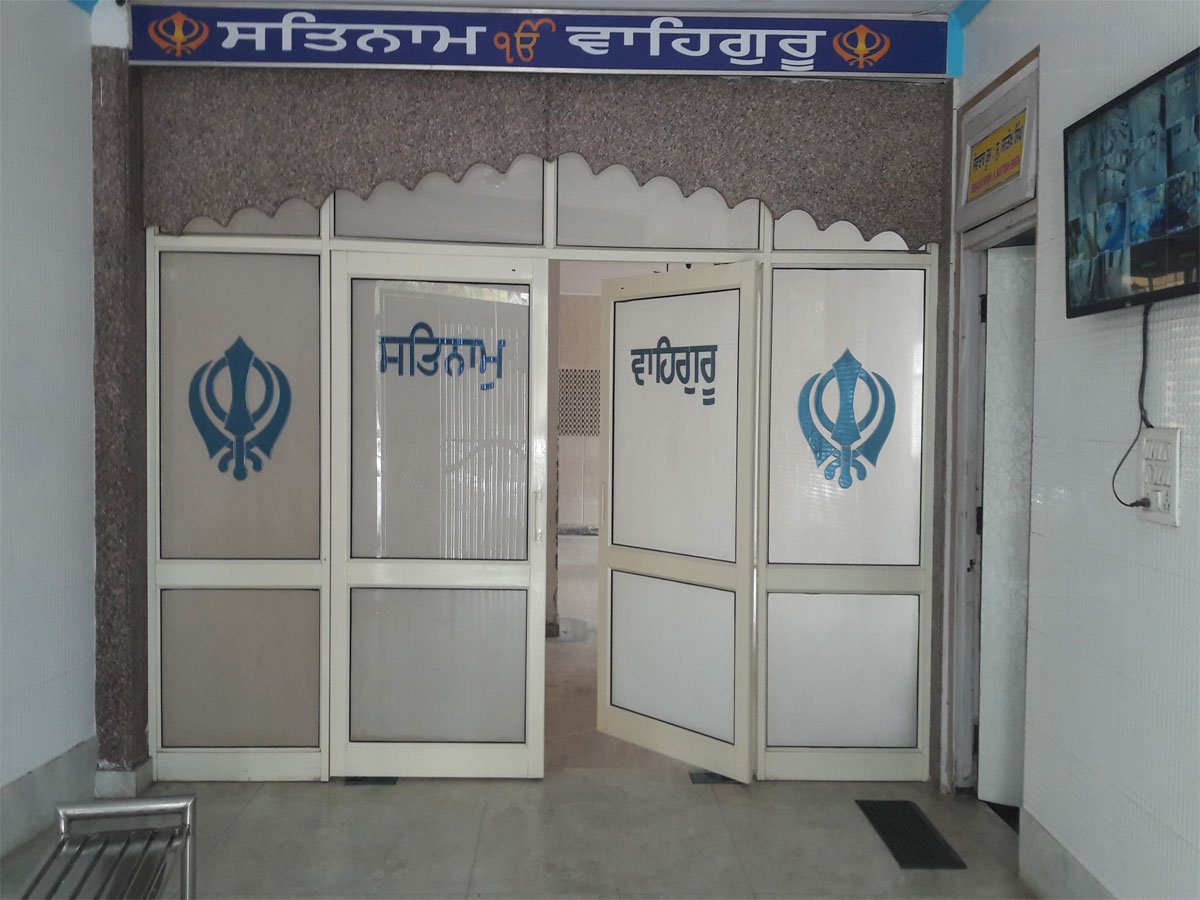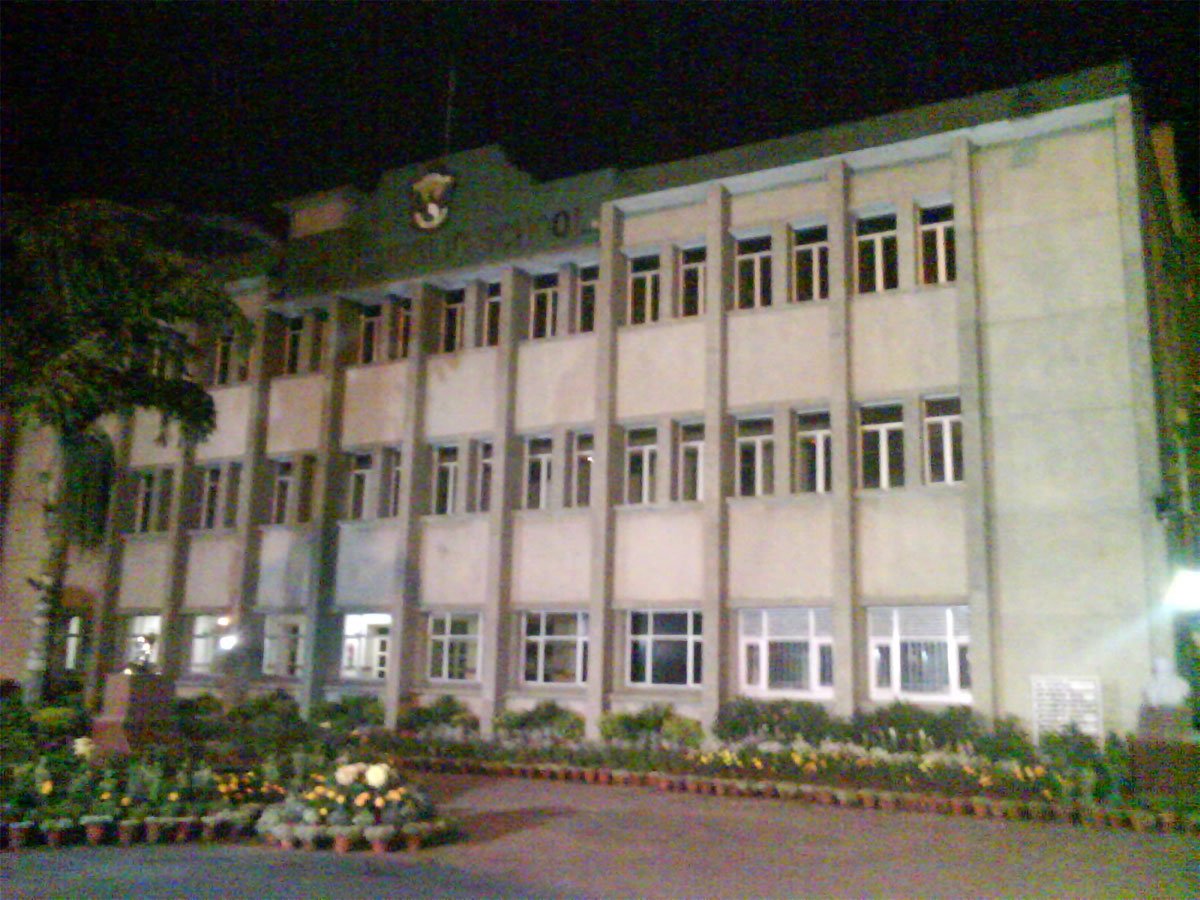Call us at 08700155355
Aluminium Partition
Aluminium partition office work involves the installation of office partitions made primarily from aluminium frames and other materials such as glass, laminates, or composite panels. These partitions are a popular choice for creating separate workspaces within office environments while maintaining an open and collaborative atmosphere. Here’s a detailed description of aluminium partition office work, including its benefits, features, grades of aluminium commonly used, and factors that depend on aluminium partition office work:
Description of Aluminium Partition Office Work:
- Frame Construction: Aluminium partitions are constructed using lightweight yet durable aluminium frames. These frames provide structural support for the partition panels and are available in various profiles and thicknesses to accommodate different design requirements.
- Panel Options: Aluminium partitions can incorporate a variety of panel materials, including toughened glass, laminates, veneers, or composite materials. The choice of panel material depends on factors such as aesthetics, privacy needs, sound insulation requirements, and budget constraints.
- Customization: Aluminium partition systems offer flexibility in design and customization. They can be tailored to fit specific space dimensions, layouts, and aesthetic preferences, allowing for seamless integration with the overall office design.
- Installation Process: Aluminium partition systems are typically prefabricated and assembled on-site. The installation process involves anchoring the aluminium frames to the floor, ceiling, or walls, followed by fitting the partition panels into place. Proper installation is crucial to ensure the structural integrity and stability of the partition system.
- Integration: Aluminium partitions can integrate seamlessly with other office elements such as doors, windows, electrical outlets, and HVAC systems. This integration facilitates efficient space planning and ensures compatibility with existing building infrastructure.
Benefits and Features
- Flexibility: Aluminium partition systems offer flexibility in space utilization, allowing for easy reconfiguration or expansion as office needs evolve over time. This adaptability is particularly advantageous in dynamic work environments where spatial requirements may change frequently.
- Aesthetic Appeal: Aluminium frames provide a sleek, modern appearance that enhances the overall aesthetics of the office environment. The frames are available in a variety of finishes, including anodized, powder-coated, or painted finishes, allowing for customization to match the design scheme.
- Durability: Aluminium is inherently resistant to corrosion, rust, and degradation, making it a durable and long-lasting material for office partitions. Aluminium partitions retain their structural integrity over time, ensuring reliable performance with minimal maintenance requirements.
- Sound Insulation: Depending on the panel material used, aluminium partitions can offer sound insulation properties, reducing noise transmission between different work areas and enhancing acoustic privacy. This feature is essential for maintaining a productive and comfortable work environment.
- Cost-Effectiveness: Aluminium partition systems are cost-effective compared to traditional construction methods. They offer a faster installation process, minimal disruption to ongoing operations, and lower overall project costs, making them an economical choice for office renovations or new construction projects.
Grades of Aluminium:
Aluminium used in partition systems is typically classified based on its alloy composition and mechanical properties. Common grades of aluminium include:
- 1000 Series: Pure aluminium with excellent corrosion resistance but relatively low strength. Suitable for non-structural applications where corrosion resistance is paramount.
- 5000 Series: Aluminium-magnesium alloys with good strength and weldability. These alloys offer improved corrosion resistance compared to pure aluminium and are commonly used in structural applications.
- 6000 Series: Aluminium-magnesium-silicon alloys with excellent formability, strength, and corrosion resistance. These alloys are widely used in architectural applications, including partition systems, due to their versatility and aesthetic appeal.
Factors Depending on Aluminium Partition Office Work:
- Design Requirements: Factors such as space layout, aesthetic preferences, privacy needs, and acoustic considerations influence the design of aluminium partition systems. Customization options such as frame finish, panel material, and configuration should be tailored to meet specific project requirements.
- Building Regulations: Compliance with building codes and regulations, including fire safety standards, acoustic requirements, and accessibility guidelines, is essential when designing and installing aluminium partition systems in office spaces. Designers and installers must ensure that partition systems meet all relevant regulatory requirements.
- Installation Method: Proper installation by experienced professionals is critical to ensure the structural integrity and stability of aluminium partition systems. Factors such as anchoring methods, alignment, and integration with other building elements must be considered during the installation process to ensure optimal performance and safety.
- Environmental Considerations: Aluminium is a highly recyclable material with low embodied energy, making it an environmentally sustainable choice for partition systems. Designers and specifiers should consider the environmental impact of aluminium partition systems and select materials and finishes that minimize environmental footprint.
- Maintenance: Regular maintenance and cleaning are necessary to preserve the appearance and functionality of aluminium partition systems. Factors such as ease of cleaning, durability of finishes, and accessibility for maintenance should be considered during the design phase to ensure long-term performance and aesthetics.
In summary, aluminium partition office work offers numerous benefits, including flexibility, durability, aesthetic appeal, and cost-effectiveness. By understanding the various factors that influence the design, specification, and installation of aluminium partition systems, architects, designers, and facility managers can create functional and visually appealing office environments that meet the needs of modern workplaces.


We Are Always Focused On
“Customer-centric approach: from concept to completion, we prioritize your satisfaction and strive to exceed your expectations at every turn.”
